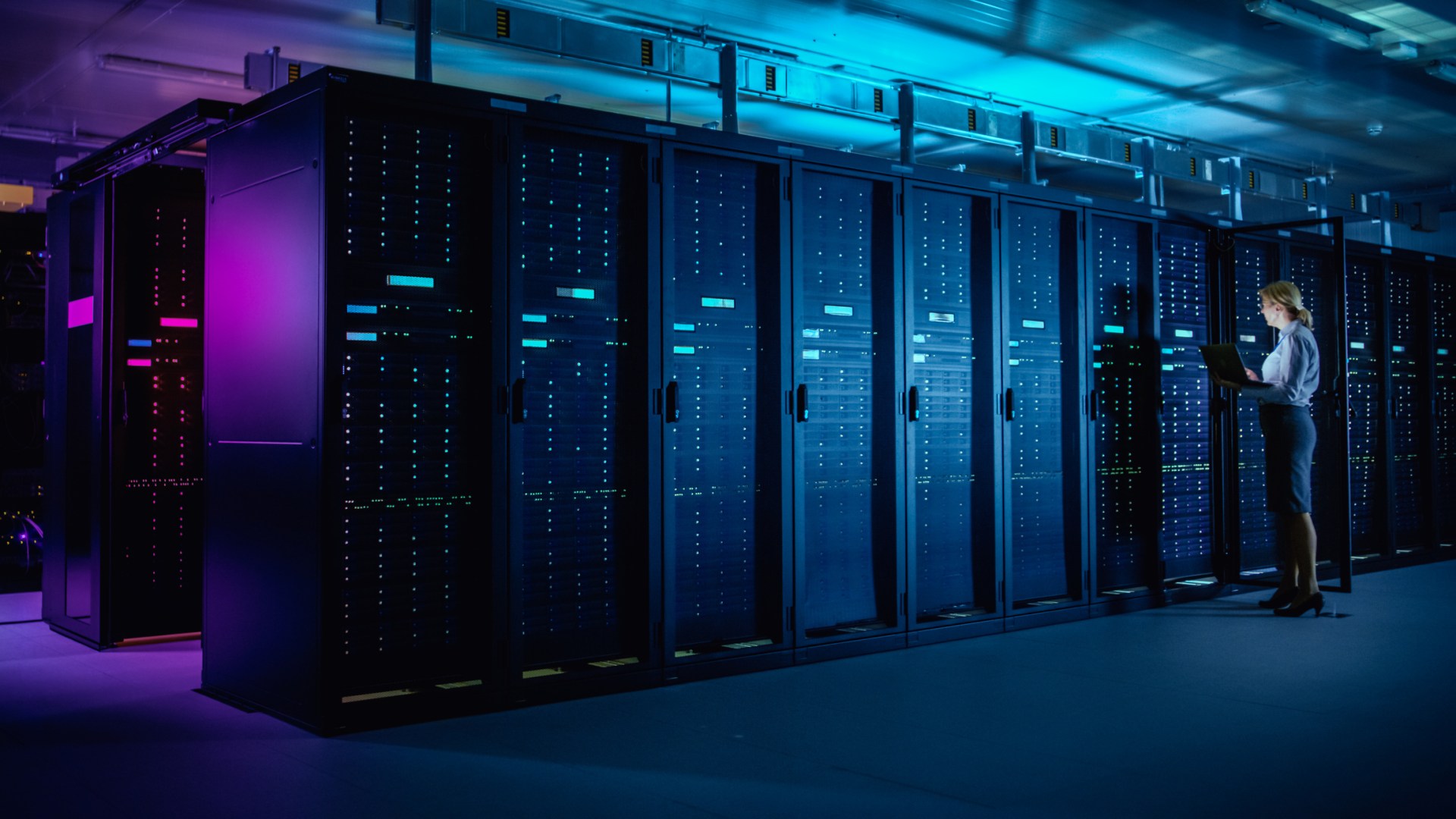

Data centers exist to store and process data. Modern data centers are storing and processing larger volumes of data than ever before (big data). In some cases, they’re also required to process it faster than ever before. A data center’s choice of data storage is therefore key to its performance. To help you understand what this means in practice, here is a brief guide to the role of data storage in modern data centers.
All data is stored for at least one of three main purposes. These are operational use, analysis and compliance. Some data items will be stored for two or three purposes.
Data that is stored for operational use is needed for the business to conduct its activities. For example, a business may need to store customers’ delivery details to send goods to them.
Data that is stored for analysis may not have value in its own right. It may, however, be useful to help develop a picture of important patterns such as trends.
Data that is stored for compliance needs to be kept for legal or regulatory reasons even if the business does not foresee any further use for it.
The purpose for which the data is kept will often have a strong influence on the type of data storage that can be used to hold it. For example, data that is stored for operational use may need to be accessed in real-time (or as close as possible to this). By contrast, data that is stored for compliance may be able to be retrieved in a much longer timescale.
Efficient data management practices in modern data centers are essential for maintaining organized, secure, and accessible data. Key aspects of data management include:
Efficient data organization: Well-structured data with clear categorization and indexing for easy retrieval.
Data security and protection: Robust measures such as encryption, access controls, and regular security audits.
Backup and recovery: Reliable backup systems and regular testing to prevent data loss.
Data lifecycle management: Policies for data retention, archiving, and secure disposal.
Data compliance and governance: Adherence to data regulations and standards.
Data quality assurance: Implementing checks and validation processes for accurate, error-free data.
Monitoring and reporting: Continuous oversight for anomaly detection and performance optimization.
Data archiving and retrieval: Efficient archiving and retrieval of inactive data.
Data auditing: Regular audits for transparency, accountability, and security.
Scalable data storage: Alignment with scalable storage solutions to accommodate data growth while maintaining efficient management.
In the context of data centers, the term “performance” typically refers to the speed and efficiency with which data can be accessed, processed and delivered to the user.
At present, the best-performing storage technology is solid-state technology. Solid state drives (SSDs) not only have minimal latency but also offer exceptional input/output operations per second (IOPS) capabilities. This makes them the ideal storage option for data-intensive applications.
Unfortunately, SSDs are also the most costly form of storage currently on the market. This means that some data center managers keep them for the most demanding applications. For applications where speed is less of an issue, hard disk drives (HDDs) are often still perfectly adequate.
Many data centers still find a place for traditional tape storage. This is one of the oldest forms of storage in IT (although it has been improved over time). It is also highly limited because it’s slow and very difficult to search effectively. It is, however, also very cost-effective.
This combination of qualities means that tape storage has kept its place in modern data centers largely as a form of archival storage. It’s also sometimes still used for backups. Using tape storage where possible can help to release funds for faster storage where it adds most value.
In data centers, the term “scalability” refers to the ability to expand or reduce capacity in line with operational needs. In modern data centers, the issue of scalability is increasingly being resolved by implementing hybrid clouds. The public cloud is then used when the business needs to scale up (and decommissioned when it needs to scale down again).
With that said, this approach may not be appropriate for all situations. For example, some businesses may want (or need) to keep sensitive data in a private data center. Alternatively, they may need (or want) to use very specific hardware that isn’t likely to be supported by public cloud service providers (CSPs).
Even if none of this applies and scalability is not currently an issue, it usually makes sense to consider it anyway. Quite simply, you do not know what the future is going to bring. It’s therefore prudent to look for data storage solutions that have been developed with scalability in mind. For example, look for modular storage systems that make it easy to add or remove nodes as your needs change.

Discover the DataBank Difference today:
Hybrid infrastructure solutions with boundless edge reach and a human touch.